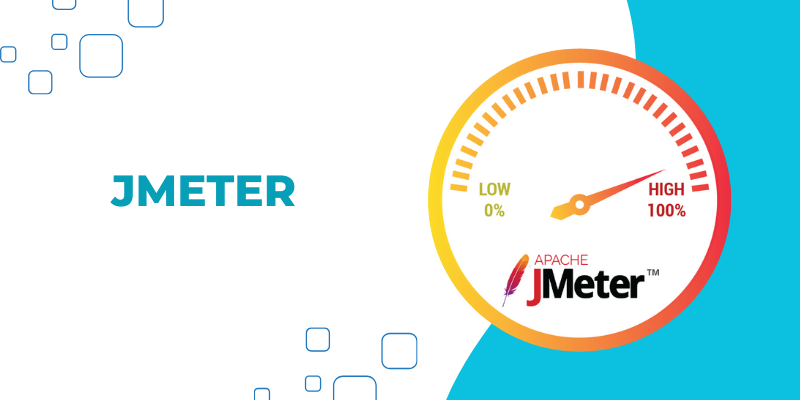Load testing is a crucial aspect of performance engineering, ensuring that applications can handle expected and unexpected user loads. JMeter stands out as a popular choice among the various load-testing tools available. For those looking to deepen their understanding and skills, JMeter Training in Chennai offered by FITA Academy offers excellent opportunities to learn from experts. But how does JMeter compare to other load-testing tools? This blog will explore JMeter’s strengths and weaknesses and compare it with other notable load-testing tools.
Introduction to JMeter
Apache is an open-source tool for performance and load testing. Originally developed for testing web applications, it has evolved to test a wide range of applications, including databases, FTP servers, and APIs. Its flexibility, ease of use, and extensive plugin support have made it a go-to tool for performance testers.
Strengths of JMeter
Open Source and Free
One of JMeter’s primary advantages is that it is open-source and free to use. This makes it accessible to individuals and organizations of all sizes, allowing for cost-effective load testing.
Extensive Protocol Support
JMeter supports a wide array of protocols, including HTTP, HTTPS, FTP, JDBC, LDAP, SOAP, and REST. This versatility makes it suitable for testing different types of applications and services.
Rich Plugin Ecosystem
JMeter boasts a rich ecosystem of plugins, which can extend its functionality and integrate with other tools and systems. Plugins for reporting, distributed testing, and CI/CD integration enhance its capabilities.
Active Community and Documentation
JMeter has a large, active community that contributes to its development and provides support through forums and documentation. This community-driven approach ensures that it continues to evolve and improve. Additionally, obtaining a JMeter Certification can further validate your skills and knowledge, making you a more proficient and recognized professional.
Weaknesses of JMeter
Steep Learning Curve
While JMeter is powerful, it can be complex for beginners. The user interface, though comprehensive, can be overwhelming, and writing complex test scripts requires a good understanding of its components and features.
High Resource Consumption
JMeter can be resource-intensive, especially when running large-scale tests. It requires significant memory and CPU, which can limit its scalability in certain environments.
Limited UI-Based Test Creation
Compared to some other tools, JMeter’s UI-based test creation can be less intuitive. Some users may find it easier to create and manage tests through scripting.
Comparing JMeter with Other Tools
LoadRunner
LoadRunner is a commercial load testing tool from Micro Focus. It is known for its robust feature set, advanced scripting capabilities, comprehensive protocol support, and detailed analytics. However, LoadRunner is expensive, which can be a barrier for smaller organizations.
Gatling
Gatling is an open-source load testing tool designed for high-performance testing. It is known for its ease of use, scalability, and detailed reporting. Gatling uses a domain-specific language (DSL) based on Scala, which can be both a strength and a weakness depending on the user’s familiarity with Scala.
BlazeMeter
BlazeMeter is a cloud-based performance testing tool that integrates seamlessly with JMeter. It offers enhanced scalability and reporting capabilities. BlazeMeter is user-friendly and suitable for large-scale tests but comes with a subscription cost.
JMeter remains a strong contender in the load testing landscape due to its open-source nature, extensive protocol support, and rich plugin ecosystem. Each tool has its strengths and weaknesses; the best choice will depend on your unique testing requirements. Enrolling at a Training Institute in Chennai can offer thorough instruction and practical exposure to individuals wanting to become JMeter experts.
Also Check: How can Companies Enhance Performance Testing with JMeter


